Layout of historic Nubian city revealed
Polish archaeologists have gained an insight into the 18th century layout of an old city in what is now Sudan using geophysical research.
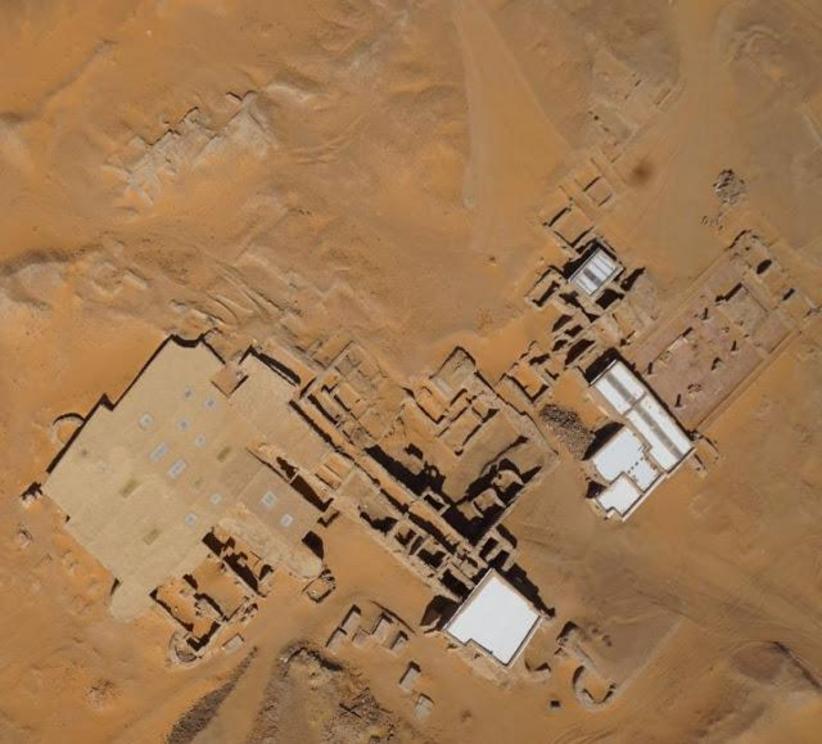
Given the site’s size, archaeologists were unable to examine all of it using traditional excavation methods so turned to geophysical methods, which involve using quantitative methods to analyse physical processes and properties of the Earth [Credit: S. Lenarczyk]
Located on the east of bank of the Nile, Old Dongola was the capital of Makuria, a Nubian kingdom that existed in what is now Northern Sudan and Southern Egypt from the 6th to the 15th century.
A Polish archaeological mission from the University of Warsaw’s Centre for Mediterranean Archaeology has been working in Old Dongola since 1964.
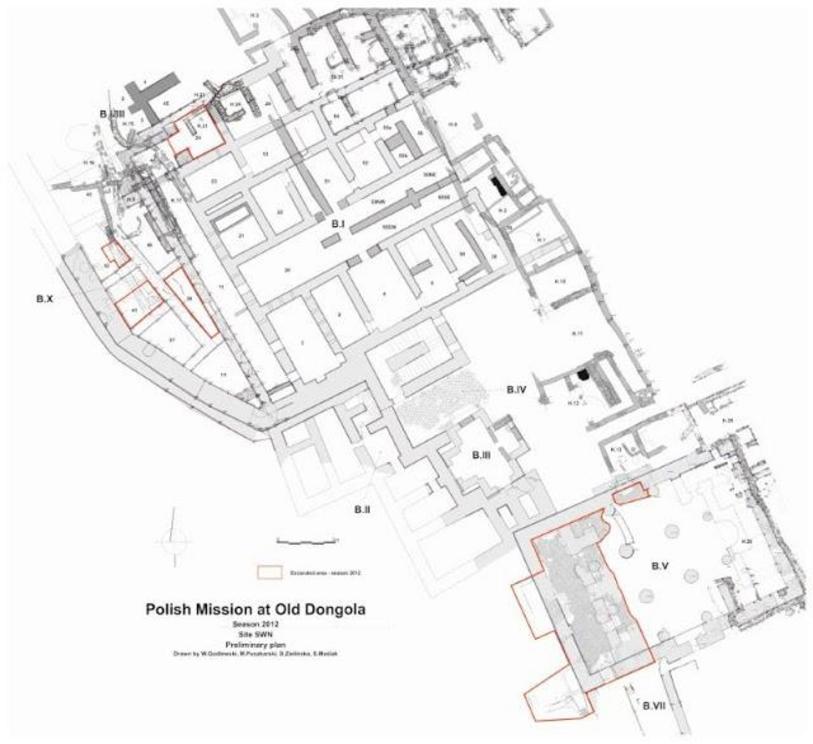
A Polish archaeological mission from the University of Warsaw’s Centre for Mediterranean Archaeology has been working in Old Dongola since 1964 [Credit: PCMA UW (CAS UW)]
In 2017, the team led by Dr Artur Obłuski received a European Research Council for a project entitled “UMMA: Urban Metamorphosis of the community of a Medieval African Capital City”.
Now the archaeologists have shown that the city outlasted the change in power, surviving until the early 19th century, when it fell suddenly, reports Science in Poland (Nauke w Polsce).
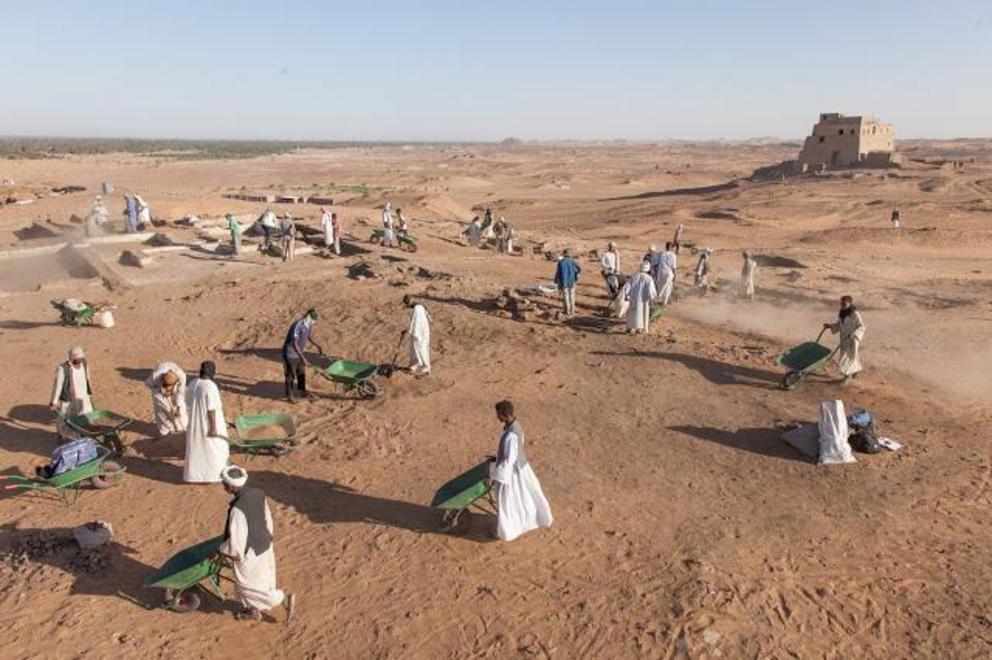
Fieldwork in Old Dongola [Credit: M. Reklajtis/PCMA UW (CAS UW)]
Given the site’s size, the archaeologists were unable to examine all of it using traditional excavation methods. Instead, they turned to geophysical methods, which involve using quantitative methods to analyse physical processes and properties of the Earth.
The geophysical research, encompassing magnetic and ground-penetrating radar methods, was carried out by Tomasz Herbich and Robert Ryndziewicz, experts at the Polish Academy of Sciences’ Institute of Archaeology and Ethnography. The resulting images showed the city’s layout shortly before its downfall.
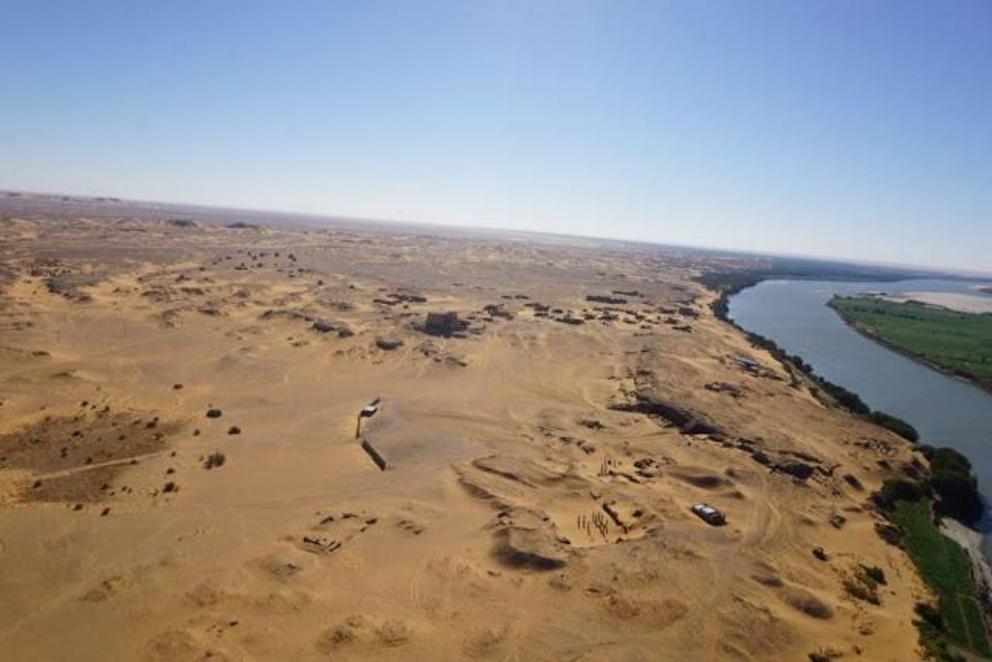
A citadel and adjacent area with a mosque, which before 1316 was a throne room [Credit: S. Lenarczyk]
“Based on my preliminary search, it appears that we do not have such data for any other city from this period in Africa,” said Obłuski.
The geophysical research also showed that the city’s walls changed function over time. Initially, they served to protect the city; later, they separated different districts from each other.
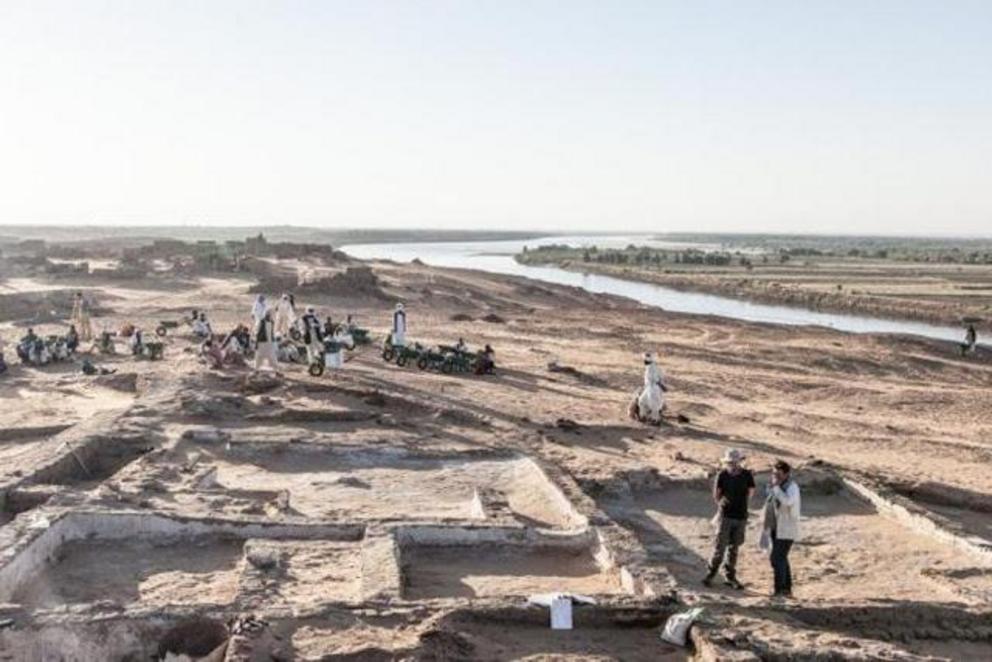
Excavations in Dongola reveal remains of 18th-century housing
[Credit: M. Reklajtis/CAS UW]
In addition to geophysical methods, the archaeologists conducted a broad survey of excavations, covering almost half a hectare over the past season. Their findings suggest that the city’s residents had a relatively high standard of living – as suggested by ceramics from Japan and pipes found on site.
“Interestingly, in the 18th Century Dongola’s inhabitants were probably heavy smokers. We found a few pipes in every house, and tobacco was not a cheap good at the time,” Obłuski observed.
https://nexusnewsfeed.com/article/ancient-mysteries/layout-of-historic-nubian-city-revealed
Thanks to: https://nexusnewsfeed.com






 Sat Mar 23, 2024 11:33 pm by globalturbo
Sat Mar 23, 2024 11:33 pm by globalturbo

